Reading time: 5 minutes
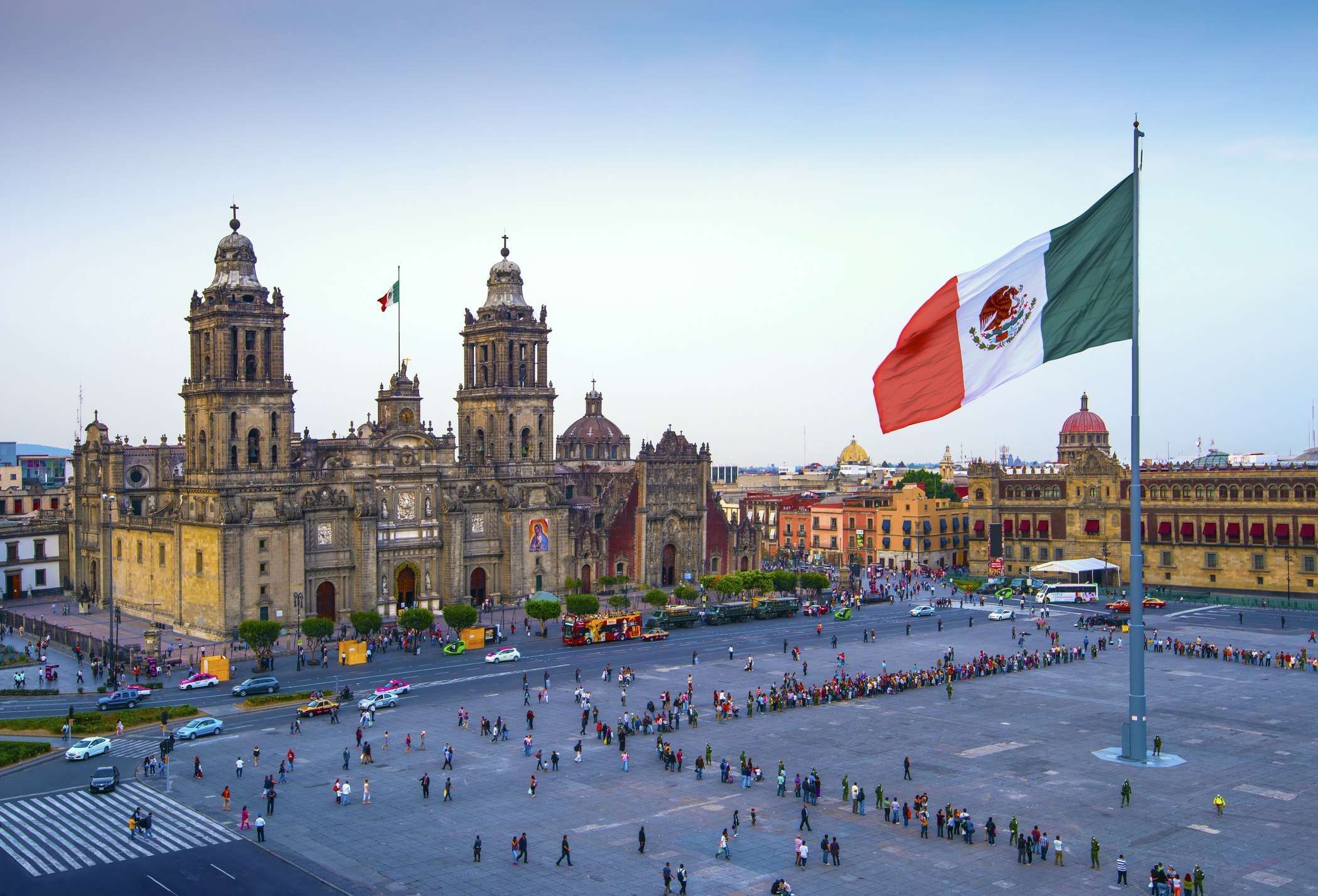
Mexico is known for its vibrant history, great culture and of course, tequila! Aussies can't get enough fun in the sun as a latest World Bank report found that over seven million Australians arrived in Mexico in 2015 alone.
Amongst all of the great and unique things that Mexico has to offer, tourists must be aware of a few important safety tips before departing.
Mexico City
In late September 2017, a magnitude seven plus earthquake hit Puebla, causing major destruction to neighbouring area, Mexico City. The capital was severely impacted, with infrastructure and essential services affected. Relief efforts have been sent and clean up is underway, with the capital back open and welcoming visitors.
Visitors to the capital must also be aware that June to November is hurricane season, and with it, comes the risk of mudslides and flash flooding. In the event of a earthquake, monitor local news and follow the instruction of local emergency officials. See Smart Traveller for their latest travel advice.
In general, petty crime is fairly common within Mexico City, especially around crowded tourist attractions. Visitors must keep all belongings close and in secure places.
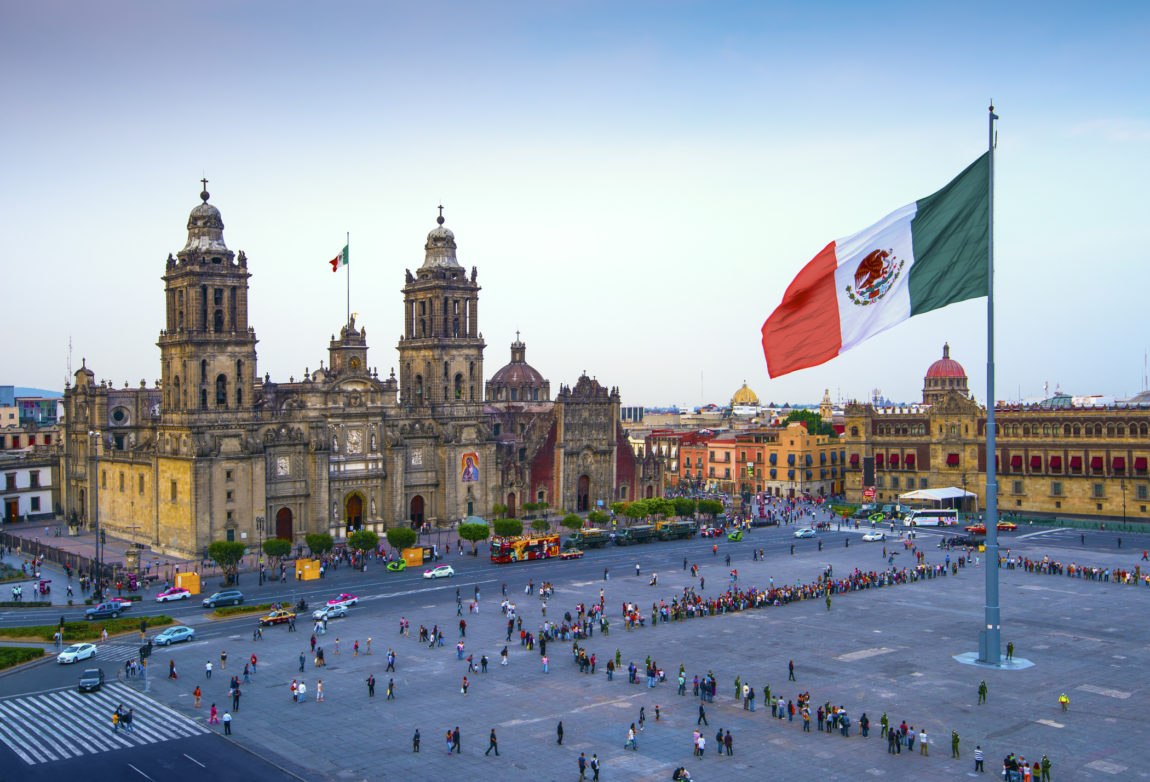 Photo credit Getty/John Coletti
Photo credit Getty/John Coletti
Playa del Carmen
Playa del Carmen is an ocean-front resort town famed for its beautiful beaches, fantastic snorkelling and action-packed activities.
As a whole, the area is relatively safe with pick pocketing being the most common crime. Keep valuables secure at all times to avoid falling victim. The risk of scams is at a medium level, with fraud and counterfeit money being the most frequent types. When withdrawing money from ATMs, always go inside banks as there have been reports of groups cloning credit cards.
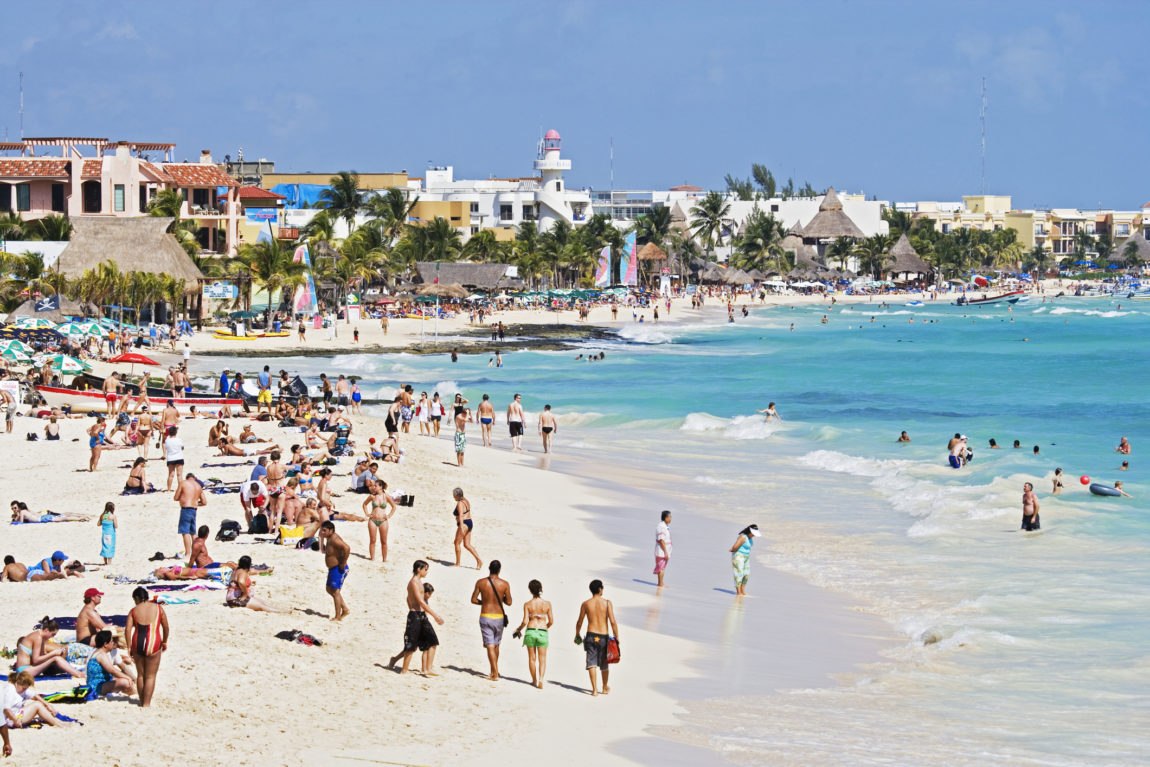 Photo credit Getty/Franz-Marc Frei
Photo credit Getty/Franz-Marc Frei
Puerto Vallarta
On Mexico's Pacific coast lies the cobbled town of Puerto Vallarta - famous for its boutique shops and restaurants, beaches and nightlife.
Be aware of unreputable vendors selling 'silver' jewellery when visiting Puerto Vallarta. Although it may look real, many tourists have been unsuspectingly sold silver plated junk, so be sure to only buy from authorised sources.
Timeshares are another common scam in this Mexican town. Tourists may be approached from sellers claiming to have the best deal worth investing in. Although tempting, politely decline as to avoid losing large amounts of money to con artists.
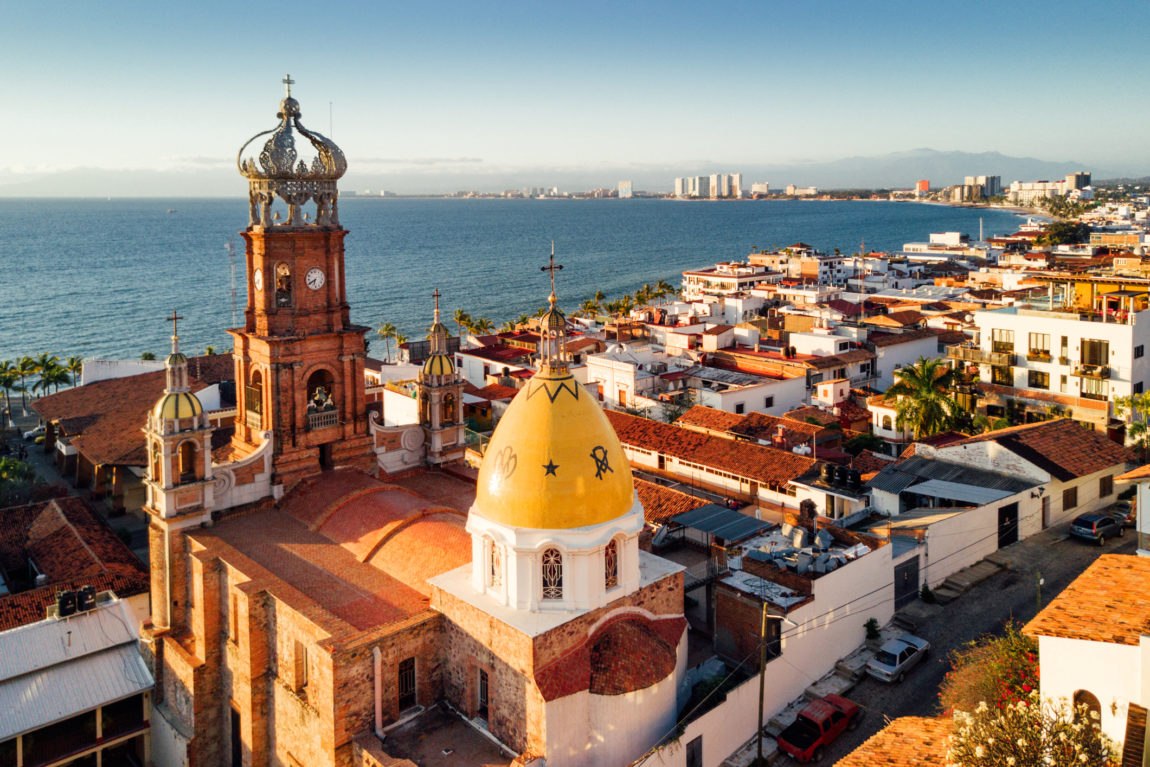 Photo credit Getty/Ferrantraite
Photo credit Getty/Ferrantraite
Cancun
Cancun is one of Mexico's biggest tourist hot spots and is famed for its nightlife, beaches and large resorts. Although a popular city to visit, the U.S. State Department have warned visitors of the risk of increased homicides. Many have occurred recently through gang rivals and drug related crime.
Tourists must be completely vigilant when in busier areas and avoid suspicious activity. Follow local news and follow the instruction of official services.
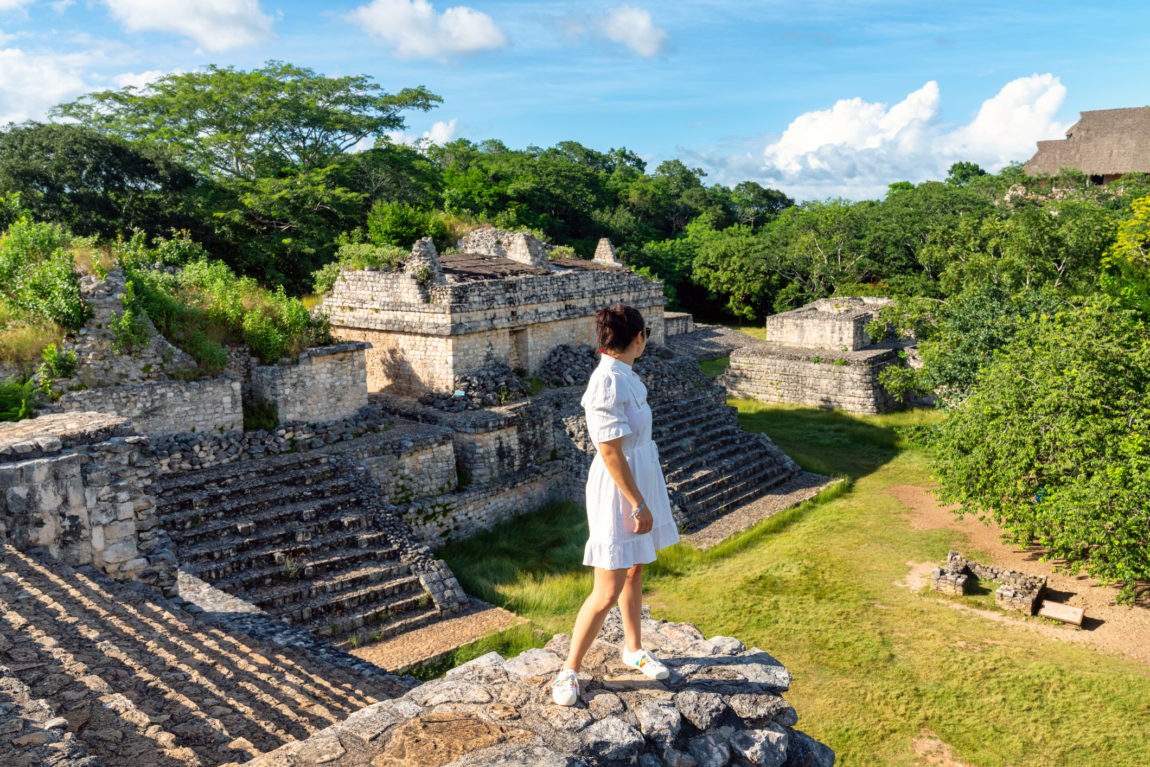 Photo credit Getty/Starcevic
Photo credit Getty/Starcevic
Chichen Itza
Chichen Itza is a top Mexico tourist attraction and is part of the historical Mayan ruins. A reported 1.5 million visitors flock to this monumental landmark every year, according to the Integral Information System of Tourism Markets of the Council of Tourism Promotion of Mexico.
This area is relatively safe, however, souvenir vendors outside the attraction have been known to get a little pushy toward tourists. If you are not interested, remain calm and polite and walk away.
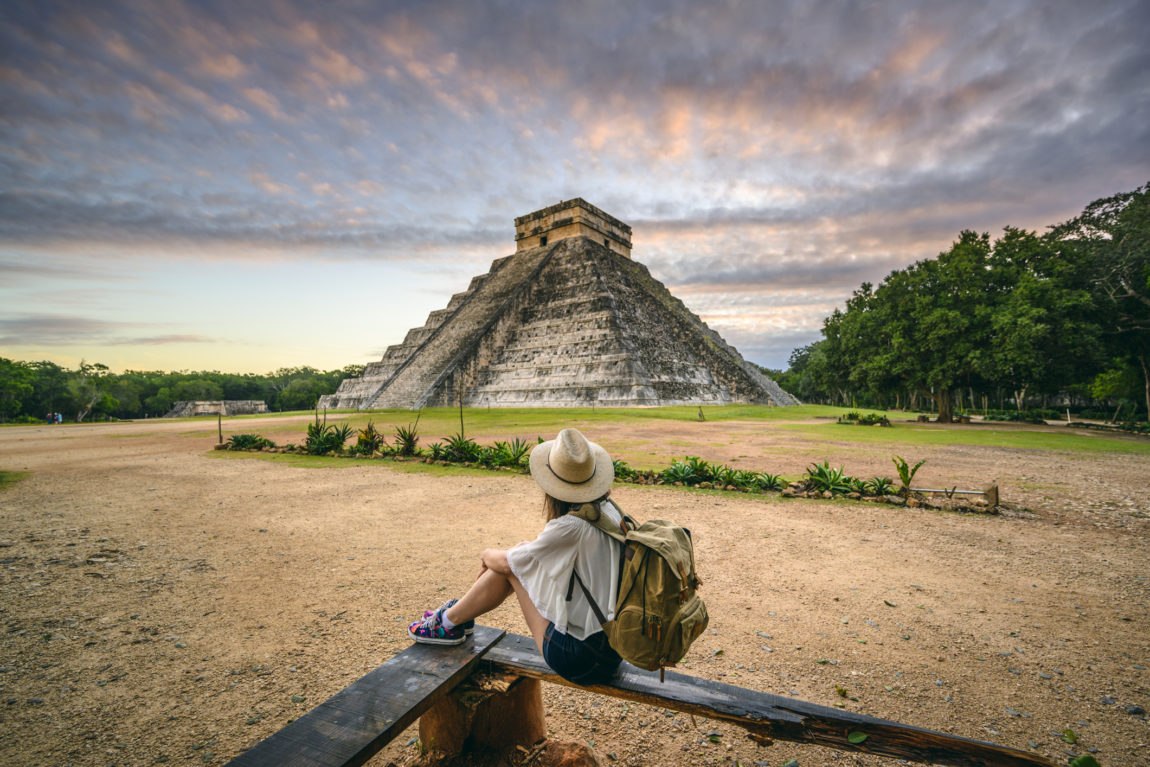 Photo credit Getty/Marco Bottigelli
Photo credit Getty/Marco Bottigelli